|
Written By: Tamara Staton In addition to installing solar arrays on a variety of homes and businesses in Oregon and SW Washington, we at Synchro Solar are also quite passionate about solarizing farms. Last year, at a local nonprofit farm in the heart of SE Portland, we installed a 16.56 kW array using 48 SolarWorld 345- watt modules. While we love solar and are happy to see *any *and *all *systems go up, we were especially excited about this project at Zenger Farm. Zenger Farm is unique and holds a special place in society. While they have many of the farm accouterments that one might expect -- garden plots, wheelbarrows, chickens and compost -- Zenger goes above and beyond what one would normally expect of a traditional farm, adding a deeper and wider dimension to the field of farming. The solar energy they harness goes far beyond lighting and heating -- one could venture to say that their panels are energizing food access, stewardship and social justice. Zenger Farm works to increase healthy food access to under supported communities, with a strong focus on education. They model, promote and educate about sustainable food systems, environmental stewardship, community development and access to good food for all, going far beyond simple provision. For example, all 5th graders from the David Douglas school district will be returning to the farm next month for the Spring session of Farm School, where their seasonal focus will be the sun, the seasons, and the length of days. Students manipulate their own mini-solar panels, harnessing solar energy to become their own solar DJs (more light = faster music!). Such activities inspire curiosity, help students to explore, to learn at their own pace, and create opportunities for integration, so students can make new connections. Additional opportunities abound for students over spring and summer breaks, providing options to make nature-inspired crafts, explore the wetlands, dig in the garden beds, and cook from the fields. Spring Break campers, K-6, can choose to attend all week or for individual days, while summer campers, K-9th grade, have programs ranging from ‘Wild Craft’ to ‘Junior Chef’, running June through August. In addition to programming for youth, Zenger Farm offers multiple opportunities for all members of the community to get involved. For those that want to enjoy the fruits of farm labor, a subscription share to a Community Supported Agriculture (CSA) is a great option, and even comes complete with a long list of shared recipes. Groups and individuals are encouraged to set up a visit --- exploration happens regularly at the farm, with almost daily field trips and hands on exploration. From time to time, the farm hosts events, as well. Last year, Synchro Solar was a sunshine sponsor for the Annual Hoedown on July 22, and enjoyed the opportunity to participate in a sunny, community-based party that, according to Kelli Wolford, Synchro General Manager, felt more like a super fun family reunion than a fundraising event. “It was wonderful to see so many people come together who care about the accessibility of good quality, local, healthy food throughout our diverse community,” Wolford shares. “For me, the passion behind teaching young people about farming is huge...this goes hand in with teaching a new generation about solar. Health of people and health of planet wrapped up in one.” Stewardship and sustainability are overlapping values that we share as Synchro Solar and Zenger Farm. We exist as interdependent entities and individuals with a responsibility to protect and integrate. Maya Edelstein,
Development and Communications Manager at Zenger, recognizes this priority and the key role that the many partners play for Zenger Farm. “We’re aware,” says Maya, “that the work that we’re doing around food access, sustainability and education requires community partnership and support.” We don’t exist in a vacuum, we can’t do this alone. Relying on and supporting each other -- our communities, our partners -- is akin to doing the same from the sun, for the earth, for those of us that seek independence from that which repels interdependence. What we do now makes a difference: the solar we install, the communities we support, the youth whom we educate. The way we support each other and the earth on which we live, pays dividends and beyond to those who need them when they’re needed most. Thank you, Zenger Farm, for taking on what really matters.
2 Comments
Written By: Tamara Staton Get some of your State and Federal taxes back!!
How would you spend your taxes? Put them back in your pocket!!! Tax season is here! Don’t know about you, but we LOVE getting a big fat credit from Uncle Sam. Did you know that Washington residents who install a new solar PV project qualify for a substantial federal tax credit and an annual check from Washington State? They are literally paying you to go green. Is this some sort of magic?? No -- just some wonderful legislation by our state and federal government. In 2006 the Federal government enacted the “Investment Tax Credit” or ITC to encourage growth in the development of green energy, including Solar PV systems. In 2015 this investment into renewables was extended through 2021 for residential installations and in perpetuity for commercial installations. Although the % of credit decreases over time. Following suit, the state of Washington enacted their “Production Based Incentive” AKA “Feed In Tariff” or FIT program that same year. This program was wildly popular and quickly ran out of funds. In 2017 Governor Inslee signed legislation to add additional funding to the program. This additional 110 million dollar investment by the state has been so popular that while it was planned to last through 2020, it appears it may not last the year. How many solar incentives are available for Washington state residents? (hint: 3) Washington State pays residential homeowners based on their annual production, and the sooner you install a system , the sooner you can start producing your own clean energy and making the sun work for you. In a time when it seems that only large corporations and the wealthy are getting kick backs, these are programs that assist the average working class family and small businesses to make a difference. To be able to determine how their energy is produced. To do their part for the environment. But despite the lack of public pomp and circumstance, Washington residents now have an amazing opportunity to generate money on energy by taking advantage of recent funding to the Washington State Renewable Energy System Incentive Program Receive Payments for up to Eight Years This FIT Production Incentive is the program managed by Washington State University (WSU) and administered by your local utility to pay you for every kilowatt hour (kWh) produced by your renewable energy system, regardless of how much electricity you use. Incentive payments will be made for eight fiscal years (up to $5,000 per year), or until cumulative incentive payments reach 50% of the total system price, whichever occurs first. The Sooner you Install, the More you Save Your incentive rate is based on the fiscal year of your solar system’s certification by WSU . The rate decreases every year thru 2021, so the sooner you install the higher the rate you are able to secure. Once locked in, you will reap the benefits at the same rate for the entirety of the program. 12kW is the maximum residential system size. Systems larger than 12kW benefit from the commercial incentive rates. The new program’s cumulative incentive budget over the life of the program is capped at $110 million. Ownership of the renewable energy credits or "green tags" remains with the customer-generator, and your solar electric system must be certified by the State Department of Revenue. Check out the Incentive structure breakdown in the graphic below. Washington-Made Bonus Rate Available On top of these savings, a made-in-Washington bonus rate is applicable to renewable energy systems with solar modules that are made in Washington (There is no longer a made-in-Washington bonus for inverters). As outlined in the graphic, if you install and receive certification for a residential solar PV system with WA-made modules in fiscal year 2018, you would lock in your rate of 21 cents per kilowatt hour for the life of your incentive. Additional Savings Opportunities In addition to the FIT Production Incentive, there are two additional incentives Washingtonians can utilize to offset the cost of a renewable energy system: Net Metering and a Federal Tax Credit. Any solar electricity that you generate that is not locally consumed goes to the grid, spinning the meter backwards, storing your surplus energy on the grid to be used later. Every kWh you send to the grid is a kWh you don’t have to buy later. At the end of any billing period, if overall electric production exceeds consumption (indicated by a negative meter reading), a billing credit at current retail rates is applied to your next bill. A Federal Tax Credit of 30% is also available to individuals and businesses towards the cost of solar technology installations. The credit applies to the total remaining after any utility incentives have been taken, if available. Let Us Help you with the Details It can feel overwhelming to know if, how, or when to dive into a savings opportunity, particularly when saving requires spending. But we at Synchro Solar are eager for you to take advantage of benefits when they come along. With the planned rate decrease over time, those who are ready and able to dive into solar will end up with the biggest savings over time. John Kim, our Solar Manager here at Synchro, has been selling systems for a number of years. He knows that there’s no better time to go solar than right now. “As time passes,” he says, ”the incentive reduces, and the opportunity to get the maximum 50% offset from the State will slip away. In the meantime, nearly 40% or more of the energy produced on your behalf will continue to come from non-renewable, dirty sources, like fracking for natural gas, coal, and even nuclear. This time, you get to choose where your tax dollars get spent.” The Federal government and the State legislature have both done their parts to invest in green renewable energy for home and business owners. You can join the movement to help our environment while taking advantage of these investments and do your part for the planet. Please don’t hesitate to reach out and contact one of us to discuss these excellent opportunities with you so you, too, can create your own positive energy. |
Details
Archives
March 2018
Categories |


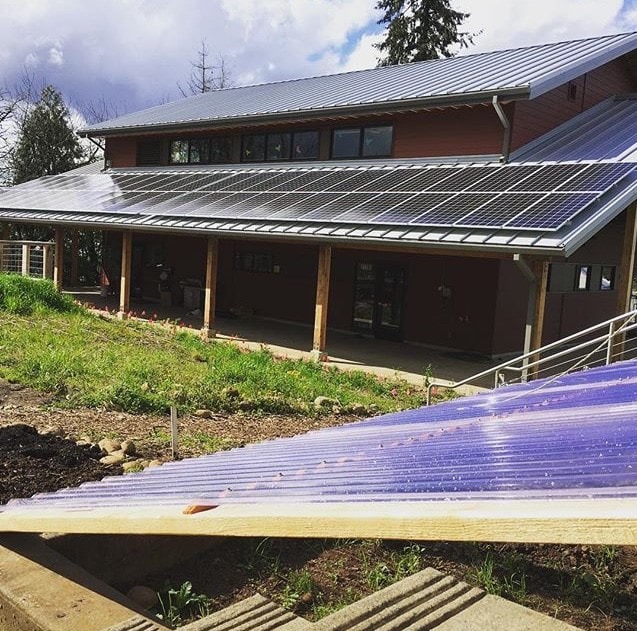
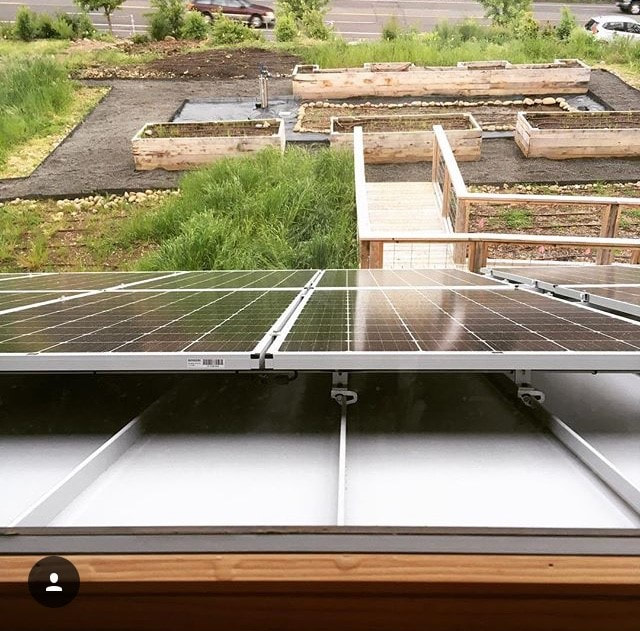


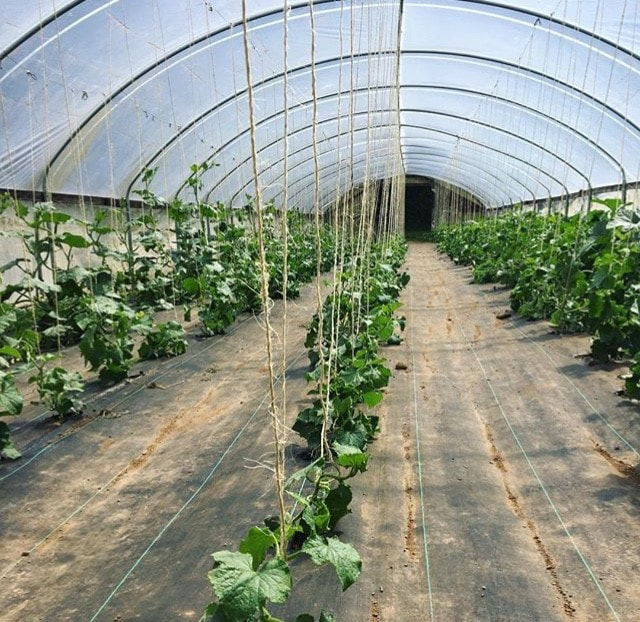
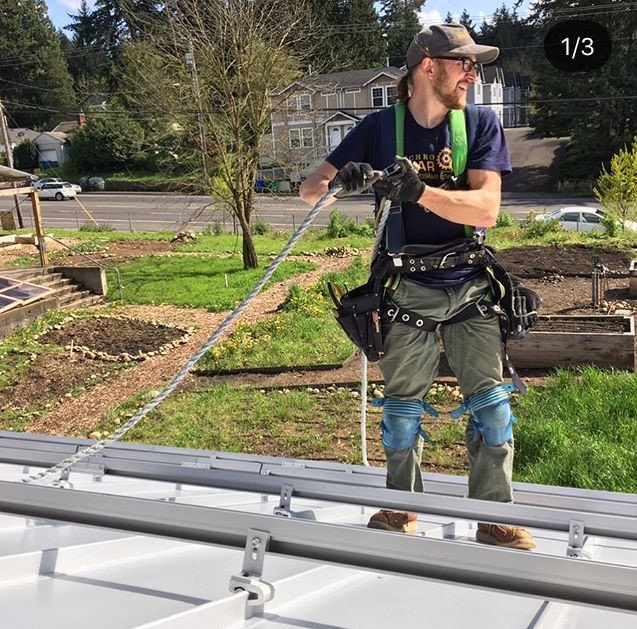
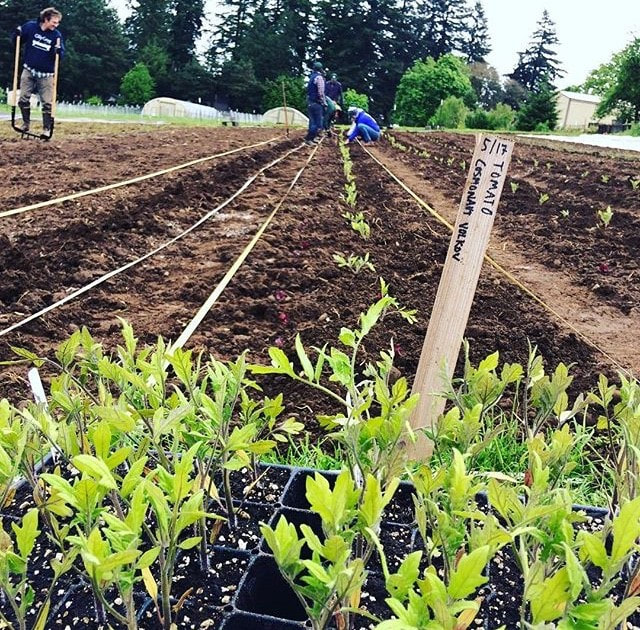
 RSS Feed
RSS Feed


